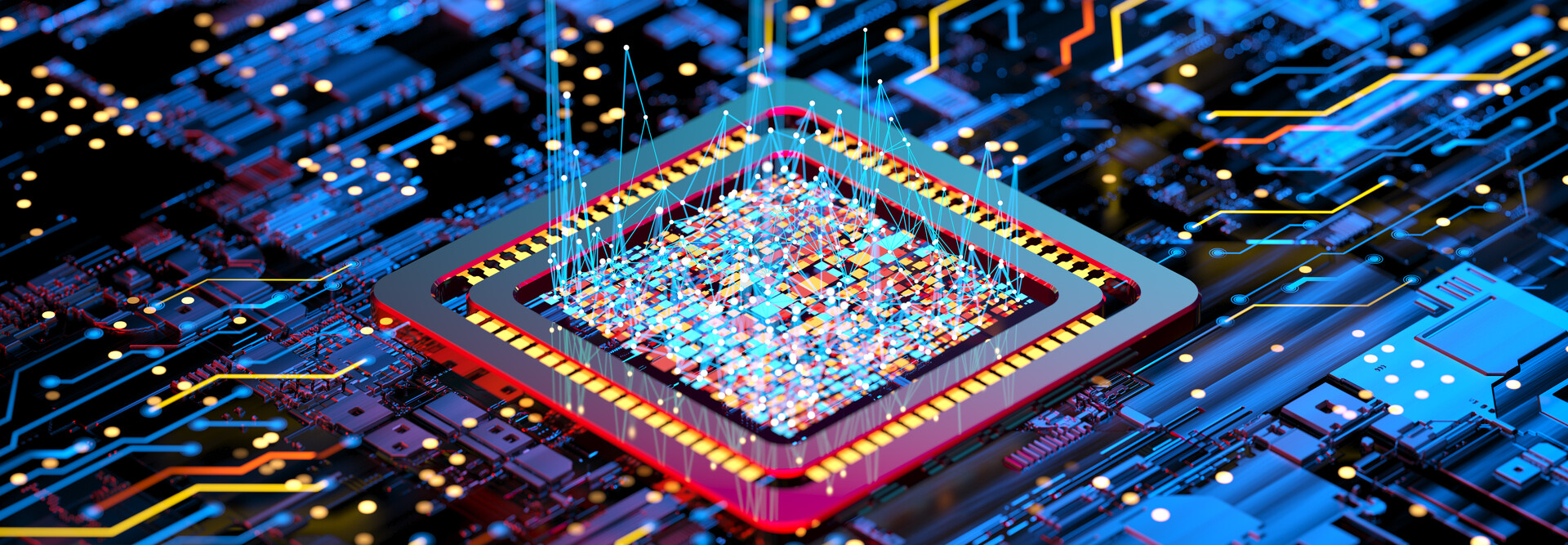How GPUs are Revolutionizing Algorithmic Finance: A Deep Dive into AI's Powerhouse

The Rise of AI in Finance: A GPU-Powered Transformation
The financial landscape is undergoing a seismic shift, driven by the relentless march of Artificial Intelligence (AI). According to Gartner, a staggering 90% of finance functions are projected to implement at least one AI-enabled technology solution by next year. This isn't just a trend; it's a fundamental restructuring of how financial institutions operate, analyze data, and make decisions.
At the heart of this revolution lies a powerful, often overlooked, technology: the Graphics Processing Unit (GPU). While traditionally associated with gaming and visual rendering, GPUs are rapidly becoming the engine driving sophisticated algorithmic finance, offering unparalleled computational power and efficiency.
Why GPUs? Understanding the Computational Advantage
For decades, CPUs (Central Processing Units) have been the workhorses of computing. However, CPUs are designed for general-purpose tasks, excelling at sequential processing. Algorithmic finance, on the other hand, demands massive parallel processing – the ability to perform countless calculations simultaneously. This is where GPUs shine.
GPUs, with their architecture optimized for parallel processing, can handle these computationally intensive tasks with remarkable speed and efficiency. Think of it this way: a CPU is like a single skilled artisan, while a GPU is like a vast army of workers, all performing the same task concurrently. This difference translates to dramatically faster processing times for complex financial models, simulations, and real-time data analysis.
Applications of GPUs in Algorithmic Finance
The impact of GPUs on algorithmic finance is far-reaching, impacting various key areas:
- High-Frequency Trading (HFT): GPUs enable ultra-fast order execution and real-time market analysis, providing a significant edge in the competitive world of HFT.
- Risk Management: Complex risk models, often requiring simulations of millions of scenarios, are drastically accelerated by GPU processing, allowing for more accurate and timely risk assessments.
- Fraud Detection: AI-powered fraud detection systems leverage GPUs to analyze massive datasets and identify suspicious patterns in real-time, protecting financial institutions and their customers.
- Portfolio Optimization: GPUs facilitate the optimization of investment portfolios by quickly evaluating countless combinations of assets and risk factors.
- Quantitative Research: Researchers can now explore more complex models and datasets, leading to new insights and strategies in quantitative finance.
The Future of Finance is GPU-Powered
The adoption of GPUs in algorithmic finance is only expected to accelerate in the years to come. As AI models become increasingly sophisticated and data volumes continue to explode, the demand for powerful computing resources will only grow. Financial institutions that embrace GPU technology will be best positioned to thrive in this rapidly evolving landscape, gaining a competitive advantage through faster insights, improved decision-making, and enhanced operational efficiency.
Moreover, advancements in GPU technology, such as increased memory capacity and specialized hardware for AI workloads, will further expand the possibilities for algorithmic finance. The convergence of AI and GPU computing is reshaping the future of finance, and those who adapt will be the leaders of tomorrow.






